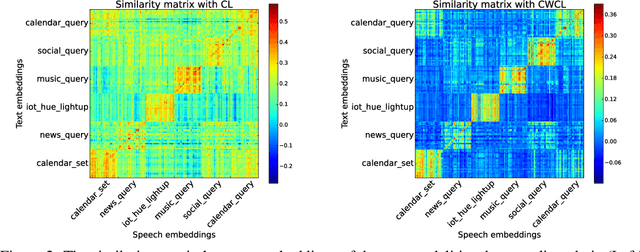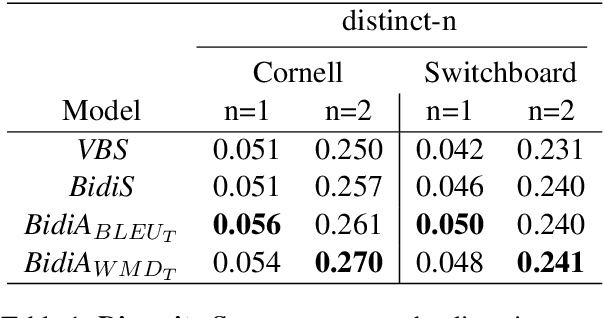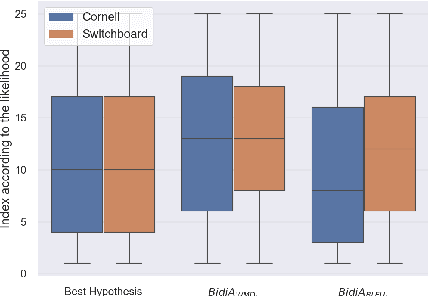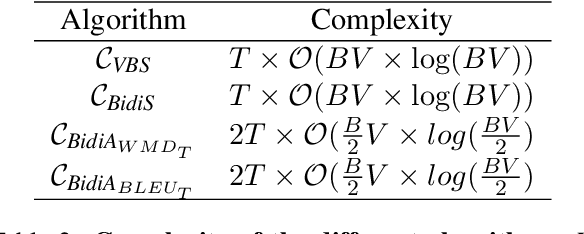Chouchang Yang
RestoreGrad: Signal Restoration Using Conditional Denoising Diffusion Models with Jointly Learned Prior
Feb 19, 2025Abstract:Denoising diffusion probabilistic models (DDPMs) can be utilized for recovering a clean signal from its degraded observation(s) by conditioning the model on the degraded signal. The degraded signals are themselves contaminated versions of the clean signals; due to this correlation, they may encompass certain useful information about the target clean data distribution. However, existing adoption of the standard Gaussian as the prior distribution in turn discards such information, resulting in sub-optimal performance. In this paper, we propose to improve conditional DDPMs for signal restoration by leveraging a more informative prior that is jointly learned with the diffusion model. The proposed framework, called RestoreGrad, seamlessly integrates DDPMs into the variational autoencoder framework and exploits the correlation between the degraded and clean signals to encode a better diffusion prior. On speech and image restoration tasks, we show that RestoreGrad demonstrates faster convergence (5-10 times fewer training steps) to achieve better quality of restored signals over existing DDPM baselines, and improved robustness to using fewer sampling steps in inference time (2-2.5 times fewer), advocating the advantages of leveraging jointly learned prior for efficiency improvements in the diffusion process.
CWCL: Cross-Modal Transfer with Continuously Weighted Contrastive Loss
Sep 26, 2023



Abstract:This paper considers contrastive training for cross-modal 0-shot transfer wherein a pre-trained model in one modality is used for representation learning in another domain using pairwise data. The learnt models in the latter domain can then be used for a diverse set of tasks in a zero-shot way, similar to ``Contrastive Language-Image Pre-training (CLIP)'' and ``Locked-image Tuning (LiT)'' that have recently gained considerable attention. Most existing works for cross-modal representation alignment (including CLIP and LiT) use the standard contrastive training objective, which employs sets of positive and negative examples to align similar and repel dissimilar training data samples. However, similarity amongst training examples has a more continuous nature, thus calling for a more `non-binary' treatment. To address this, we propose a novel loss function called Continuously Weighted Contrastive Loss (CWCL) that employs a continuous measure of similarity. With CWCL, we seek to align the embedding space of one modality with another. Owing to the continuous nature of similarity in the proposed loss function, these models outperform existing methods for 0-shot transfer across multiple models, datasets and modalities. Particularly, we consider the modality pairs of image-text and speech-text and our models achieve 5-8% (absolute) improvement over previous state-of-the-art methods in 0-shot image classification and 20-30% (absolute) improvement in 0-shot speech-to-intent classification and keyword classification.
To Wake-up or Not to Wake-up: Reducing Keyword False Alarm by Successive Refinement
Apr 06, 2023Abstract:Keyword spotting systems continuously process audio streams to detect keywords. One of the most challenging tasks in designing such systems is to reduce False Alarm (FA) which happens when the system falsely registers a keyword despite the keyword not being uttered. In this paper, we propose a simple yet elegant solution to this problem that follows from the law of total probability. We show that existing deep keyword spotting mechanisms can be improved by Successive Refinement, where the system first classifies whether the input audio is speech or not, followed by whether the input is keyword-like or not, and finally classifies which keyword was uttered. We show across multiple models with size ranging from 13K parameters to 2.41M parameters, the successive refinement technique reduces FA by up to a factor of 8 on in-domain held-out FA data, and up to a factor of 7 on out-of-domain (OOD) FA data. Further, our proposed approach is "plug-and-play" and can be applied to any deep keyword spotting model.
Beam Search with Bidirectional Strategies for Neural Response Generation
Oct 07, 2021



Abstract:Sequence-to-sequence neural networks have been widely used in language-based applications as they have flexible capabilities to learn various language models. However, when seeking for the optimal language response through trained neural networks, current existing approaches such as beam-search decoder strategies are still not able reaching to promising performances. Instead of developing various decoder strategies based on a "regular sentence order" neural network (a trained model by outputting sentences from left-to-right order), we leveraged "reverse" order as additional language model (a trained model by outputting sentences from right-to-left order) which can provide different perspectives for the path finding problems. In this paper, we propose bidirectional strategies in searching paths by combining two networks (left-to-right and right-to-left language models) making a bidirectional beam search possible. Besides, our solution allows us using any similarity measure in our sentence selection criterion. Our approaches demonstrate better performance compared to the unidirectional beam search strategy.
 Add to Chrome
Add to Chrome Add to Firefox
Add to Firefox Add to Edge
Add to Edge